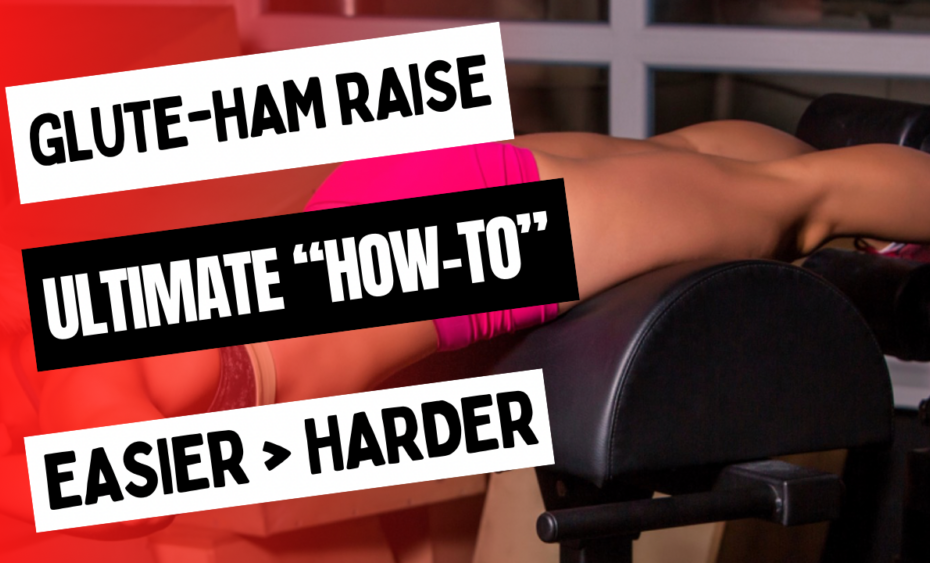The glute-ham raise (GHR) is a highly effective exercise that primarily targets the muscles of the posterior chain, including your glutes, hamstrings, and lumbar erectors. This exercise involves lying face down on a GHR/GHD bench with your feet secured, and then slowly raising and lowering your body using force generated by the hamstrings and glutes.
There are a number of ways you can perform them depending on what your primary objective is. In the video below we demonstrate a technique where your hamstrings will be challenged the most through isolating knee flexion. While instead, some may choose to include some hip movement too, which will also challenge your hamstrings as a hip extensor (arguably allowing more hamstrings length to be achieved at the bottom of the movement) as well as your glutes through eccentric and concentric contractions rather than isometrically, as when isolating knee flexion.
Watch this video for more, and how to master the glute-ham raise technique that best isolates then knee flexion function of your hamstrings:
Glute-ham raise benefits
There is a significant amount of scientific evidence supporting the effectiveness of the GHR exercise. A study published in the Journal of Strength and Conditioning Research found that performing GHRs significantly increased hamstring and glute strength in trained athletes. Another study published in the Scandinavian Journal of Medicine and Science in Sports found that the GHR exercise also significantly improved sprint performance and running mechanics.
The benefits of the GHR exercise extend beyond either aesthetics or athletic performance. For example, GHRs can help prevent injuries by strengthening the muscles of the posterior chain, which can help improve stability and reduce the risk of strains and sprains. Additionally, this exercise has been shown to be effective for reducing lower back pain and improving hip mobility and flexibility.
One of the great things about the GHR exercise is that it can be modified and tailored to fit your own abilities and scaled to hit the target number of reps you’re trying to achieve each set based on your goals. For example, if you’re new to them then you can start with assisted GHRs, before moving up to more advanced variations. Even if you frequently incorporate hamstring curl variations into your training then GHR’s can humble even the most experienced. So start slowly.
In conclusion, the GHR exercise is a highly effective and versatile exercise that targets the muscles of the posterior chain. Whether you are an athlete looking to improve performance, focused on building muscle and aesthetics, or someone looking to prevent injuries and improve overall fitness, the GHR exercise is definitely worth incorporating into your training.
For the exact game-plan and implementation learn more about our Online Coaching program HERE!

I build Olympians, Cover Models and those who want to look like them. Author or “Ultimate Abs” available in all good book stores.
